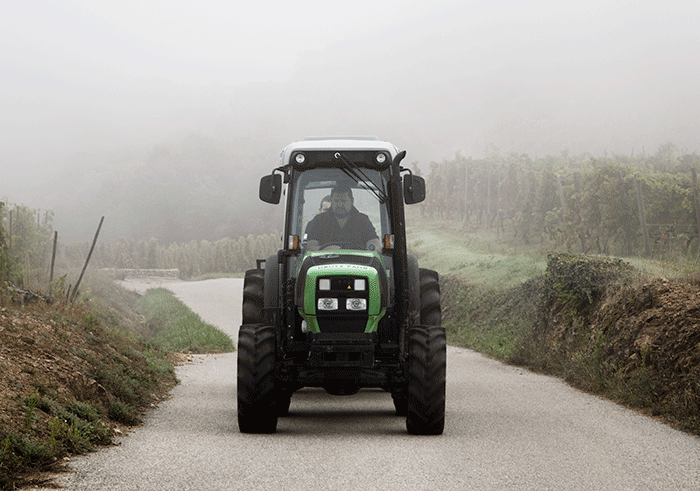Rhône’s north star
Author: Eva Polaki
In the steep, winding valleys of the Ardèche region lies the appellation of St-Joseph. It stretches for 60km due south of Condrieu, tucked against the west bank of the Rhône river. With more than 2,400 acres of vines, St-Joseph is a bastion Syrah, although white grapes such as Marsanne and Roussanne are also allowed in the blend. (A very small amount of white wines based on these two varieties are made.)
Stylistically, St-Joseph reds fall into two categories, which are influenced by a north-south split. Wines from the southern zone, which stretches from Tournon-sur-Rhône to Mauves and comprises six villages (Lemps, Tournon, Mauves, Vion, Glun and St.-Jean-de-Muzols) have similar terroirs on impossibly steep granite hillsides, and yield ripe, supple and spicy wines. This region shares the same granite soils and southern exposure as Hermitage, to which it was once connected before the mighty Rhône river dissected the two areas. Here, several ancient vineyards, which were ravaged by phylloxera in the 19th century, still lie abandoned.
The zone further north, which extends as far as Chavanay, comprises another 19 villages and was added in to the applellation in 1969. The vineyards here are often younger, have more easterly exposure, fewer hours of sunshine and less protection from cold winds: as a result, grapes are later ripening and wines are more muscular, leathery and earthy.
For years, St-Joseph has been living in the shadows of its more illustrious cousins of Hermitage, Côte-Rôtie and, more recently, Cornas. Even Crozes-Hermitage has managed to commercially outsmart St-Joseph by drawing on its name association with Hermitage. However, in the past decade a wave of dynamic, ambitious growers (locals and newcomers in the region) have been writing a new chapter for the appellation, resurrecting hillside vineyards, refining the winemaking, and demonstrating that St-Joseph can offer distinctive quality and a superb, affordable alternative to the more famous appellations of the Northern Rhône Valley.
On our recent visit, we witnessed how the appellation’s renaissance continues apace with the 2012 vintage – despite a wild growing season: the reds in 2012 are loaded with fruit and flattering textures, and consequently are very easy to drink. The whites show refreshing acidity, with pure fruit aromatics and an underlying mineral tang. It is as rich and concentrated a vintage as in 2010, although it will be ready to enjoy far sooner.



